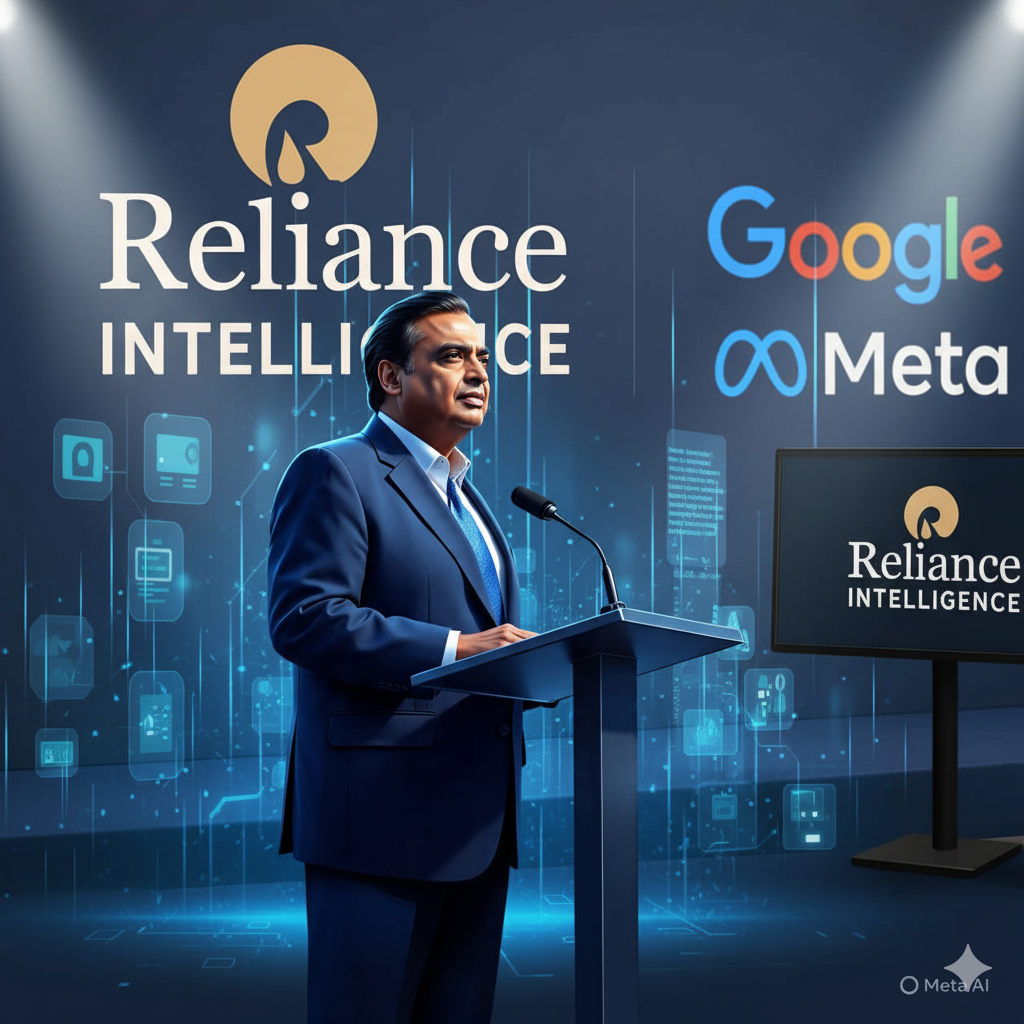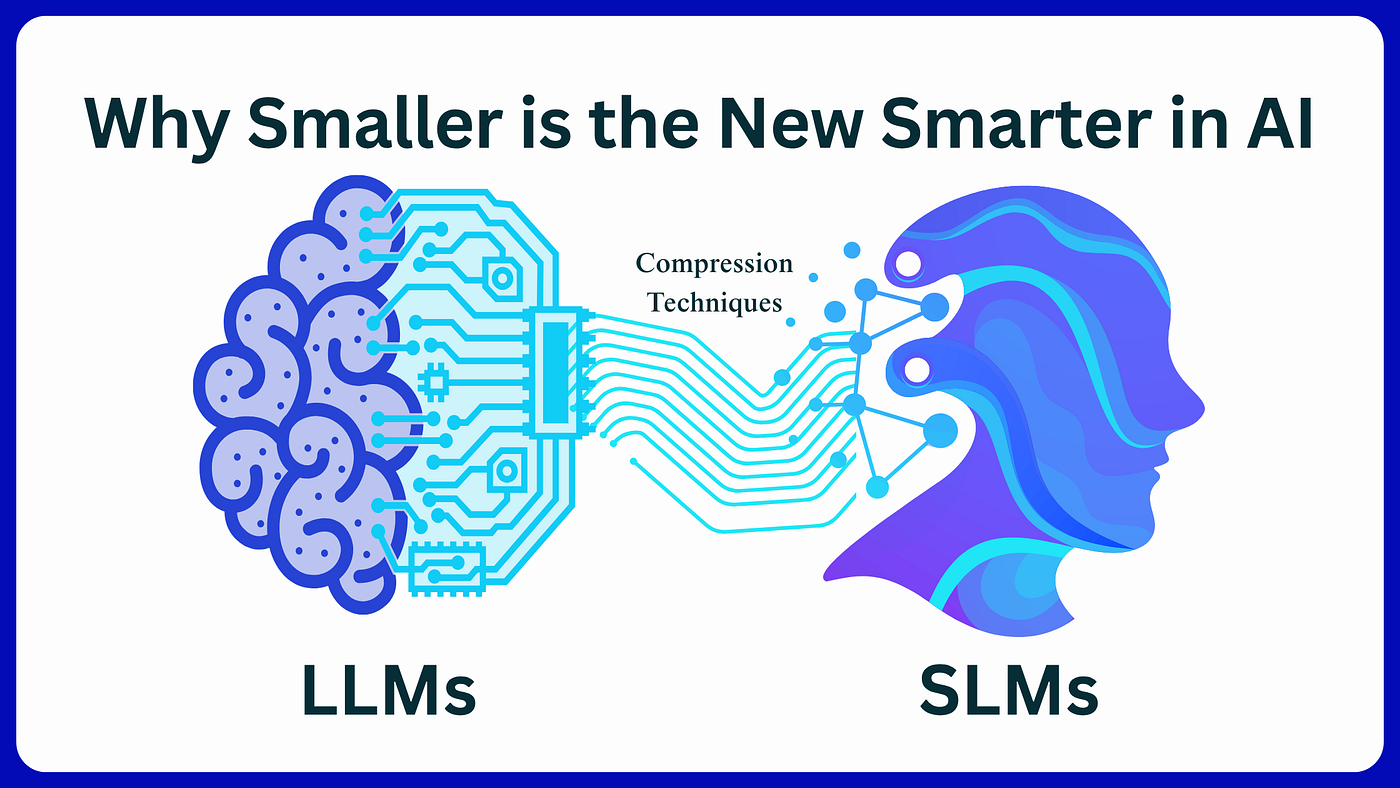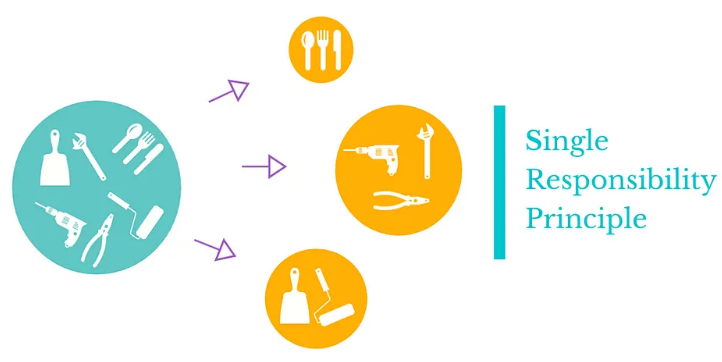The TechX Spotlight
The News
Claude for Chrome Launch: Anthropic Puts an AI Agent in Your Browser
Anthropic has launched "Claude for Chrome," an experimental AI agent that integrates directly into your browser to read, click, and navigate websites on your behalf. This new co-pilot, currently in a limited research preview for select users, operates from a side panel to execute complex, multi-step tasks, effectively turning browsing into a collaborative experience. The cautious rollout highlights a pivotal shift from passive AI tools to active digital partners.
Read More →Microsoft Unveils In-House AI Models to Reduce OpenAI Reliance
Microsoft has introduced two new proprietary AI models, MAI-Voice-1 for rapid speech generation and the large-scale MAI-1-preview. Trained on a massive cluster of ~15,000 NVIDIA H100 GPUs, the MAI-1 model represents a significant internal investment in foundational AI. This strategic move signals Microsoft's clear intention to build its own powerful models, aiming to reduce its long-term reliance on technologies from its partner, OpenAI.
Read More →The Toolkit
The Topic
The Quick Bytes
Salesforce has swapped out 4,000 support roles for AI agents, according to the company’s CEO, Marc Benioff.
Apple rolls out its 'Asa' AI chatbot to help retail staff quickly access product info and sales strategies.
OpenAI plans a 1-gigawatt data center and a new office in India(Delhi) to support the nation's IndiaAI Mission.
Anthropic valued at $183 billion after $13 billion fundraise.




